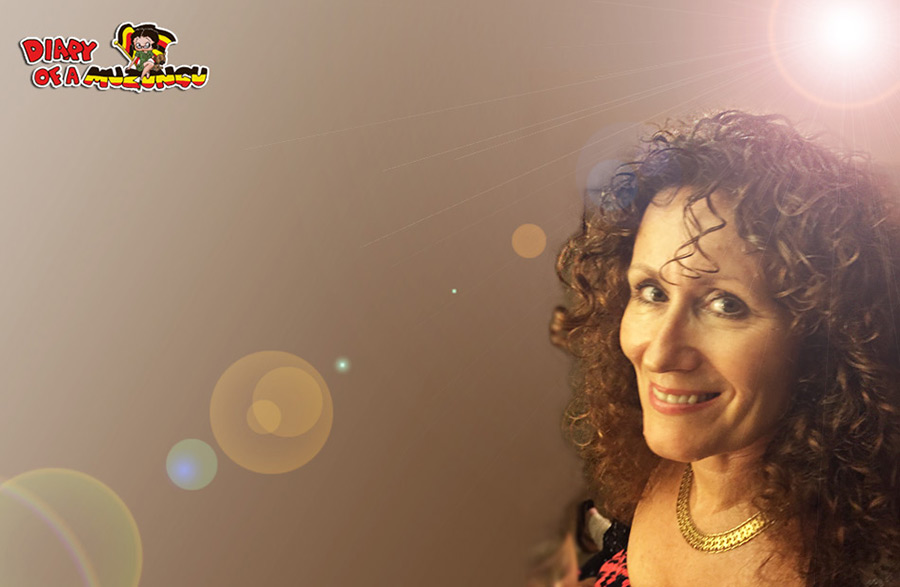
The ivory burning in Nairobi National Park, Kenya and what it means.
This weekend sees a historic conservation event: the burning of the biggest ever number of elephant tusks and rhino horn.
This week Uganda stands shoulder to shoulder with our conservation and tourism friends and colleagues across Africa who are meeting in Kenya to address the ivory poaching crisis.

Conservation and tourism are inextricably linked. Protecting elephant, rhino, gorillas and other animals means we are protecting jobs; we are providing a sustainable income, and access to education, to remote communities. Poaching for ivory or bushmeat may provide a few shillings or dollars to poachers cum subsistence farmers but the long-term benefits of ecotourism – through the long-term protection and survival of key species – are simply worth far more.
This is why we say elephants, rhinos – and even gorillas, chimpanzees and other animals – are worth more alive.

The drivers for poaching, the international networks that fund wildlife crime are the same, regardless of the country or the animal at risk. That is why we must work together, across borders.
“Why it makes sense to burn #elephant and #rhino #ivory stockpiles”
On 30 April Kenyan President Uhuru Kenyatta will set fire to over 105 tonnes of ivory in Nairobi National Park. This is the biggest ever burning of ivory.
“By burning almost its entire ivory stockpile, Kenya is sending out the message that it will never benefit from illegal ivory captured from poachers or seized in transit. However, as the day of the burn approaches, commentators and experts have been lining up to condemn it. Some of the objections put forward are based on wrong assumptions; some deserve serious consideration.”
Kenyan conservationist Dr Paula Kahumbu is the CEO of Wildlife Direct. She writes in the UK’s The Guardian newspaper about the four reasons “Why it makes sense to burn #elephant and #rhino #ivory stockpiles.” Please read and share her article.
The story of a tusk – 28KG / VOI RIVER / 30/5/14 gives a very moving account of one of the elephants whose tusks ended up among the 10,000 being burned this Saturday.
For more updates on the #GiantsSummit and the historic ivory burning, follow the Kenya Wildlife Service and the Uganda Conservation Foundation on Facebook.
#worthmorealive #Tweets4Elephants are two trending hashtags to follow on Twitter.


























One thought on “Why Kenya’s ivory burning makes sense #worthmorealive”